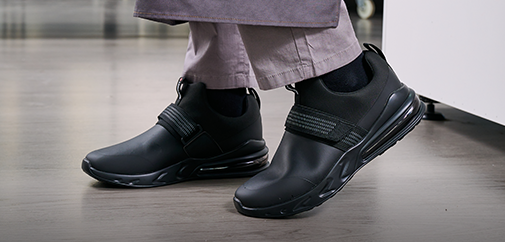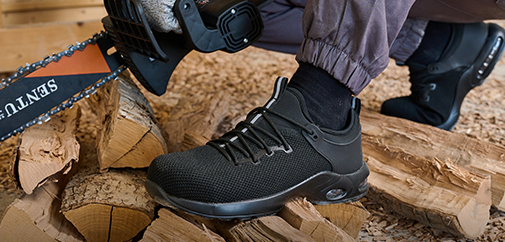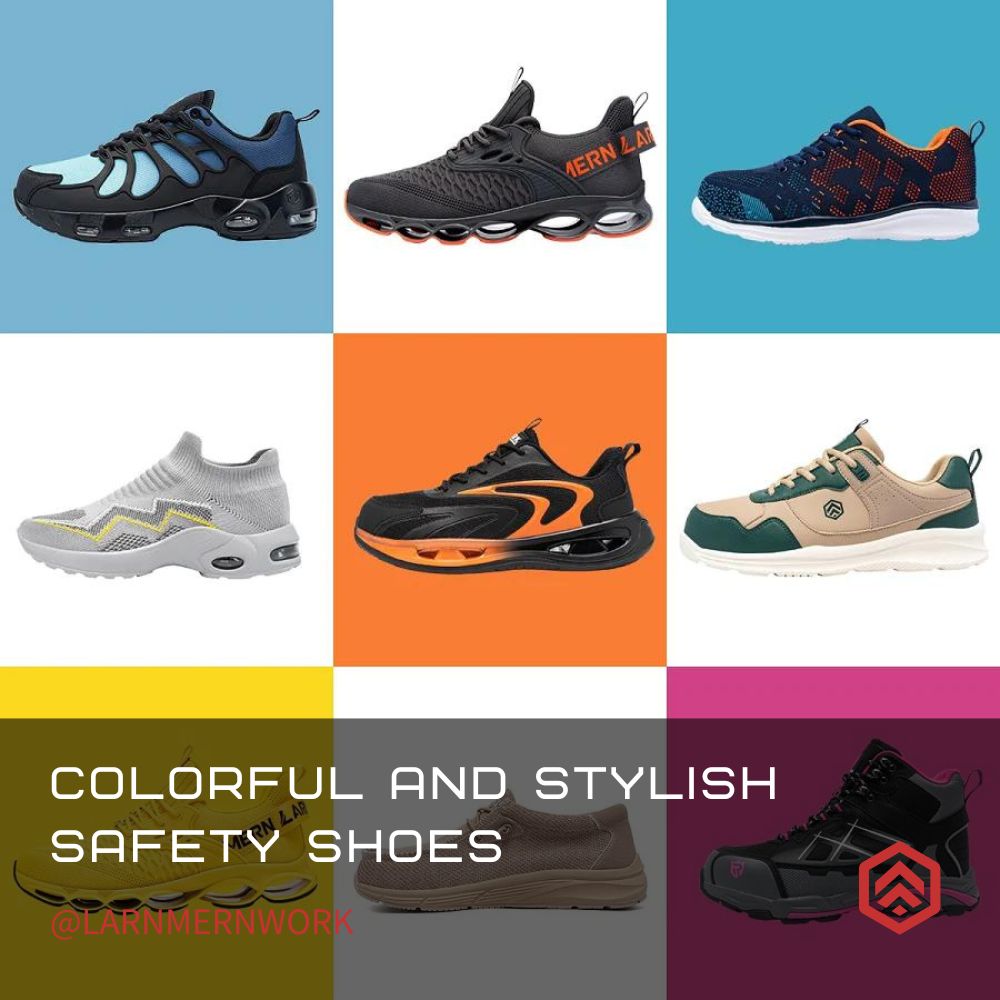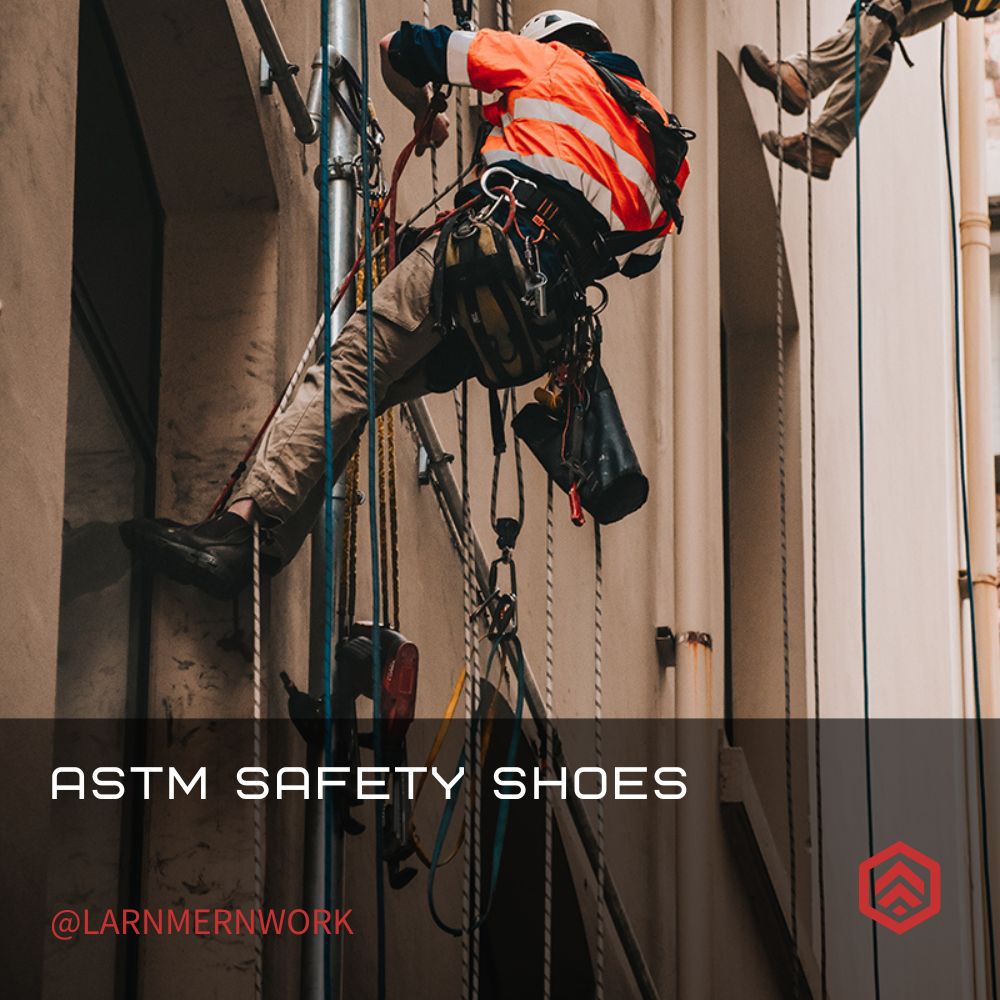When it comes to workplace safety, one of the most overlooked aspects is the choice of footwear. Slip and fall accidents can result in serious injuries and costly consequences for both employees and employers. To mitigate this risk, it's essential to invest in slip-resistant work shoes. In this comprehensive guide, we'll walk you through the important factors to consider when selecting slip-resistant work shoes, ensuring that your choice not only protects you but also provides comfort and durability.
Understanding the Importance of Slip-Resistant Work Shoes
Before delving into the specifics of choosing slip-resistant work shoes, it's crucial to understand why they are essential. Slip-resistant shoes are designed to provide the traction needed to prevent slips, trips, and falls in various work environments. They are particularly critical in industries where employees are exposed to wet, oily, or slippery surfaces, such as kitchens, healthcare facilities, construction sites, and manufacturing plants.
The consequences of not wearing slip-resistant shoes can be severe, ranging from minor injuries to more serious accidents. These shoes not only protect you but also contribute to a safer work environment, reducing the likelihood of costly workers' compensation claims for employers.
Assessing Your Workplace Environment
The first step in choosing slip-resistant work shoes is to assess your workplace environment. Different work settings pose varying levels of slip hazards, so understanding your specific needs is essential. Consider the following factors:
a. Surface Conditions: Determine the type of surfaces you encounter regularly, such as wet floors, oily surfaces, or uneven terrain.
b. Industry Requirements: Some industries have specific regulations or standards for footwear. Ensure compliance with these guidelines.
c. Climate: If you work outdoors or in extreme weather conditions, consider the impact of temperature, rain, snow, or ice on your shoe's grip.
d. Job Role: Your job responsibilities can also influence your choice. For instance, kitchen staff may have different needs than construction workers.
e. Frequency of Use: Consider how often you'll wear these shoes. Frequent use may require more durable options.
By thoroughly assessing your workplace environment, you can narrow down the characteristics your slip-resistant shoes must possess.
Slip Resistance Rating
Slip resistance is the most critical factor when choosing work shoes for slippery environments. Look for shoes with a slip resistance rating or certification. The two most commonly used standards are the ASTM F1677-2005 (SATRA TM144) and ASTM F2913-19 (SATRA TM63) tests. Shoes that meet these standards are more likely to provide the level of traction required for your workplace.
Outsole Material and Design
The outsole of the shoe plays a significant role in slip resistance. Here are some considerations regarding outsole material and design:
a. Material: Rubber is a popular choice for outsoles in slip-resistant shoes. It offers excellent grip and durability. Thermoplastic rubber (TPR) and gum rubber are also good options.
b. Tread Pattern: Look for a deep and aggressive tread pattern with multidirectional lugs. This design provides better traction on various surfaces.
c. Flexibility: While a flexible outsole can improve comfort, it should strike a balance with stability. An overly flexible sole may compromise stability and support.
Sole Compound
The compound used in the outsole can significantly impact slip resistance. Consider the following sole compounds:
a. Siped Soles: These have thin slits cut into the sole to increase traction. Siping is especially effective on wet surfaces.
b. Non-Marking Soles: If you work in environments where leaving marks is undesirable, opt for non-marking outsoles.
Cushioning and Arch Support
Comfort is another critical aspect when choosing work shoes. Look for shoes with adequate cushioning, especially if you'll be on your feet for extended periods. Additionally, consider your arch type and opt for shoes that provide appropriate arch support to prevent fatigue and discomfort.
Material and Construction
The material and construction of the shoe are essential for both durability and comfort. Consider the following aspects:
a. Upper Material: The upper part of the shoe can be composed of various materials, such as mesh, breathable fabrics, and waterproof synthetics, designed to cater to the demands of different work environments.
b. Breathability: While waterproof materials are essential in certain environments, breathability is crucial to prevent sweating and discomfort.
c. Stitching: Reinforced stitching and glued soles ensure the longevity of your work shoes.
d. Padded Collar and Tongue: These features add comfort and prevent chafing.
Fit and Sizing
Proper fit is essential to ensure both comfort and safety. Keep these tips in mind:
a. Try Before You Buy: Whenever possible, try on the shoes before purchasing them to assess their fit and comfort.
b. Sizing: Ensure you select the correct size based on your foot measurements. Consider wearing the type of socks you'll wear at work when trying on shoes.
c. Width: Some brands offer different width options to accommodate various foot shapes. Choose a width that provides a snug fit without being too tight.
d. Toe Box: Make sure the toe box is roomy enough to allow your toes to move comfortably.
e. Insoles: If the insoles are removable, you can replace them with custom orthotics for better support.
Additional Safety Features
Depending on your work environment, you may require additional safety features in your slip-resistant shoes, such as:
a. Steel Toe: For protection against heavy objects or potential impacts.
b. Electrical Hazard (EH) Protection: Necessary for workers exposed to electrical hazards.
c. Puncture Resistance: In environments with sharp objects or debris on the ground.
d. Chemical Resistance: For workers handling hazardous chemicals.
e. Metatarsal Guard: Provides extra protection for the metatarsal area of the foot.
Maintenance and Care
To maximize the lifespan and effectiveness of your slip-resistant work shoes, follow these maintenance and care tips:
a. Regular Cleaning: Clean your shoes regularly to remove dirt and debris that can affect traction.
b. Replace Worn Outsoles: When the outsoles wear down and lose their grip, it's time to replace your shoes.
c. Store Properly: When not in use, store your shoes in a cool, dry place to prevent deterioration.
d. Rotate Shoes: If possible, rotate between two pairs of work shoes to extend their lifespan.
Conclusion
Choosing the right slip-resistant work shoes is a critical decision that can impact your safety and comfort in the workplace. By assessing your workplace environment, understanding slip resistance ratings, and considering factors such as outsole material, cushioning, fit, and additional safety features, you can make an informed choice that not only protects you from slips and falls but also provides the durability and comfort you need for long hours on the job. Remember that investing in high-quality slip-resistant work shoes is an investment in your well-being and workplace safety.












